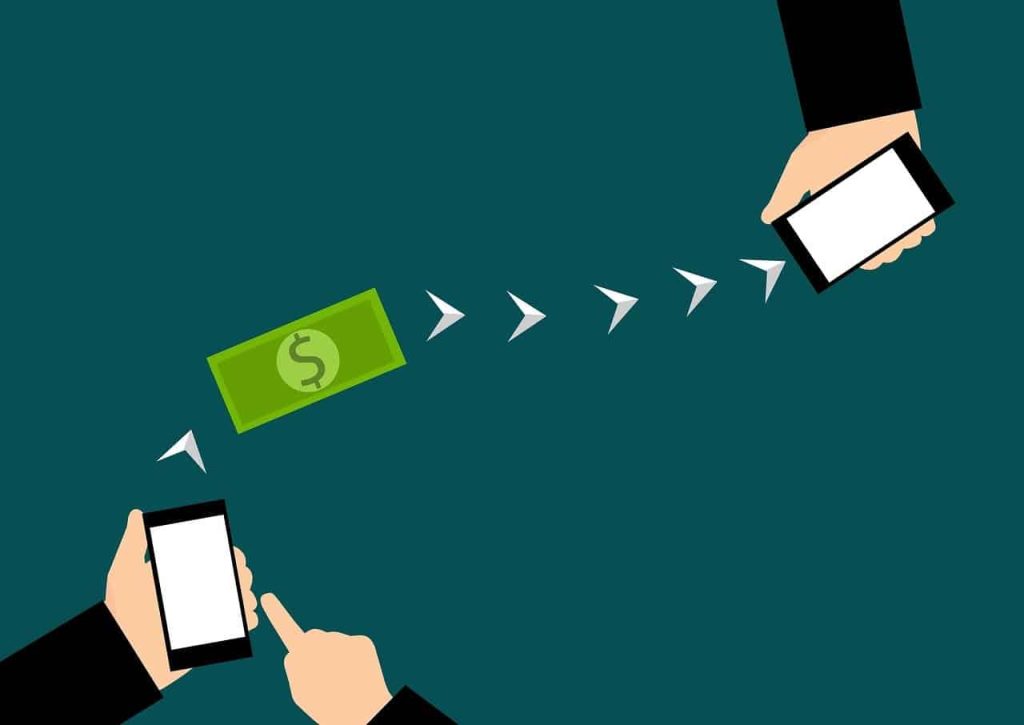Usually when the clock strikes midnight closing one year out and beginning the next anew, we’re excited about the opportunities and all that lies ahead. This time, as we celebrate the passing of 2020 into 2021, it’s a little more like we’re running away as quickly as possible.
Amidst 2020’s natural disasters and global pandemic, the world moved online, creating a momentous year in digital payments. Businesses pivoted. Restaurants opened eCommerce markets. B2B went B2C and vice versa.
Based on all these changes, here are the top 5 payment trends that will shape 2021 as we navigate the pandemic:
Payment Trend #1: Corona-Free Payments Are Here to Stay
The coronavirus has changed how businesses accept payments. No one wants to touch money or hand over a piece of plastic, and many employees are still working from home, making opening the mail and depositing checks inefficient.
Every industry seems to be embracing Corona-Free Payments. According to the National Retail Federation, 67% of US retailers now accept some type of no-touch payment, and in Europe, Visa reports that 75% of in-store payments are now contactless. Many B2B and B2C organizations are digitizing invoicing and payments and reaping the benefits – customer satisfaction, efficient processes and simplified reconciliation.
Payment Trend #2: Buy Now, Pay Later
Just about every eCommerce site and at just about every pay point, consumers are now seeing the option to Buy Now, Pay Later. And they love it. About 33% of shoppers 18 to 37 say that the option to pay in installments has influenced their decision to complete a purchase. After all, it’s more affordable than credit card fees.
Next-gen installment providers, like Splitit, use automation, machine learning and big data to make better loan decisions in seconds. Retailers that offer installment payments report 30% higher cart conversions and 20% higher average order value, according to Splitit.
Payment Trend #3: Omnichannel/Omnicommerce Will Become More of an Expectation
As curbside pickup has normalized, buyers no longer see a separation between your online and physical presence. Truth be told, they likely never did. While historically businesses isolated their physical point-of-sale systems from their eCommerce payment systems due to the complexities of linking them, that will no longer meet customers’ needs.
Customers expect to be recognized as a person rather than as a series of anonymous transaction numbers. Omnichannel technology is making that possible.
Payment Trend #4: Independent Software Vendors (ISVs) Are Choosing Integrated Payments Over Becoming Payment Facilitators
Worldwide, there’s about $120 trillion in B2B transactions every year. The B2B tech platforms that facilitate a respectable chunk of these transactions do not make any money on them. But not for long.
The model of integrated payments — as in integrating a payment facilitator (PayFac) into a B2B platform — has taken off. PayFacs are saying, “Hey, integrate us, and we’ll share a portion of the payment processing revenue.” ISVs realize that is both an excellent new revenue stream and a valuable service for customers who’d otherwise have to integrate a payment solution.
Why don’t these B2B platforms become PayFacs themselves and take all the revenue? Because doing so is ridiculously complicated. The underwriting process is long and grueling, and PayFacs are responsible for any fraud or chargebacks on their platform. Integrated payments are the better choice for most ISVs.
Payment Trend #5: Merchants Will Minimize Payment Integrations to Reduce Costs and Maintenance
Before COVID-19, some merchants used five or more payment systems in tandem to cover multiple geographic regions and payment methods, or perhaps to support a different business model. The multiple integrations were expensive to engineer and maintain. Aggregating and standardizing data from multiple payment systems was difficult, and development teams spent more time writing to different software than investing in their own product. The economic turbulence of the pandemic motivated businesses to finally address these unnecessary costs.
Many businesses are finding they can reduce expenses and minimize technical debt with an all-in-one payment solution. The right platform can lower SaaS subscriptions costs while providing access to additional payment methods and local acquiring banks in cross-border markets.
The Pandemic’s Lasting Impact on Payments
COVID-19 has impacted people’s lives, where we shop and how we pay. While the full effects will not be realized until 2021 has past, we know the digitization of everything – including payments – has been critical in keeping people connected and businesses running. As a company that powers digital payments and helps businesses pivot, BlueSnap has been proud to partner with and support so many organizations in 2020, and we look forward to helping them navigate all these trends in the future.
___



